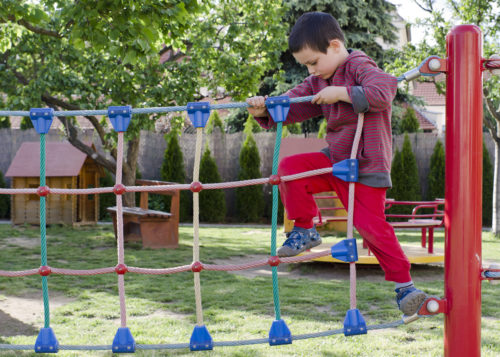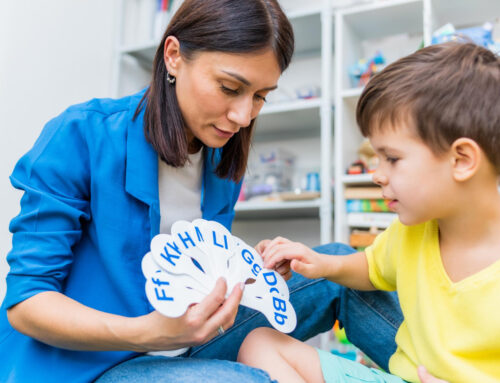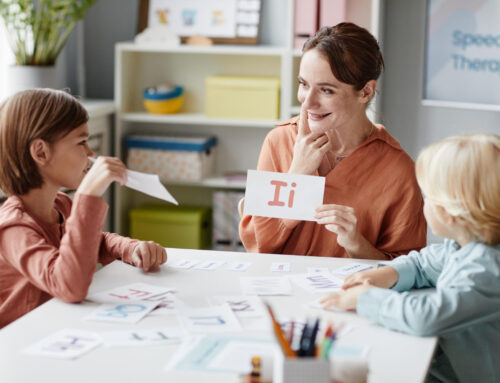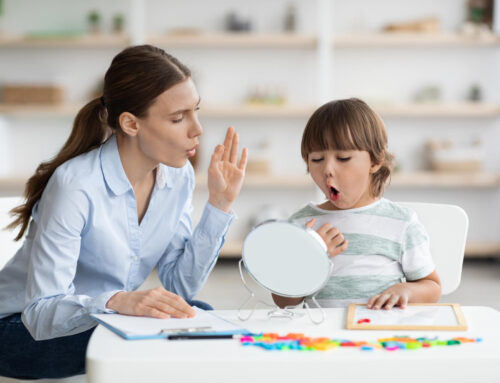
The trunk is the center from which the rest of the body operates from. Strong core muscles are critical for both gross and fine motor development of a child. Lack of core stability can not only make certain motor skills difficult to perform but can also lead to pain as a teenager and adult. Fortunately, there are many activities that can encourage strong development of abdominal muscles.
What do Core Muscles Do?
The abdominal muscles are the center of the body. They are activated during all body movements. When a child is walking, running, or jumping, the core muscles provide stability to keep them upright and prevent falling. Core muscles are critical for balance. Walking the balance beam in gymnastics and sliding down the slides at the playground both require stability in the abdominals.
A function of core muscles that is often overlooked is the importance for posture and performing activities while sitting. Some children have difficulty playing in the floor or sitting for story time due to underdeveloped abdominal muscles. If a child has poor core control and posture sitting at a desk, fine motor activities such as writing and cutting can be extremely difficult. When a child’s energy is focused on trying to maintain balance in sitting, it distracts from those fine motor skills that may require significant concentration as they are being learned.
How to Encourage Development of Core Muscles
Taking early initiative is important in core development. While new babies love to be held and cuddled, infants still need plenty of time to play supervised on the floor. By letting babies spend time on the floor, they will kick, scoot, and roll to begin to develop those all important abdominals. Those muscles will guide them through gross motor milestones such as crawling, standing, and walking.
As babies become toddlers and preschoolers, the best thing you can do to encourage core development is to provide plenty of playtime and minimize screen time. Watching television or playing on a tablet are often done slouched on a couch or chair. Encouraging other types of play keeps kids moving and developing, engaging those core muscles the entire time.
Want to go the extra mile to encourage core development in your child? Activities that require balance are the best developers of those abdominals. Riding a bicycle or balance bike, swinging on the playground, and sitting on a stability ball are all excellent activities to promote core development. Public libraries have began offering free preschool yoga classes which can be a fun way to both build core muscles and bond with your child.
Do you have questions about your child’s core stability and motor development? Call one of our physical therapists today to discuss ways that you can facilitate core strength for your child.





